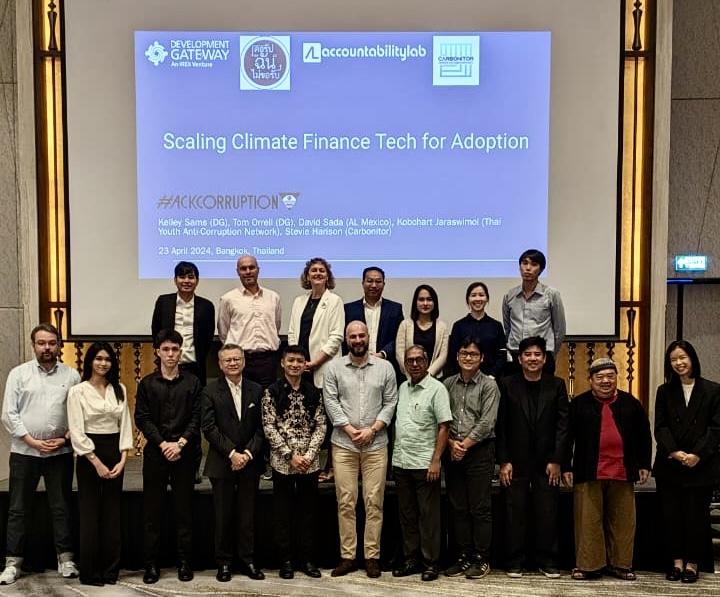AidData 3.0: Making Development Finance More Intuitive’
Development Gateway is proud to announce that AidData, a research and innovation lab that seeks to improve development outcomes by making development finance data more accessible and actionable, released the 3.0 version of its http://aiddata.org portal today during Global Transparency Week.
Building upon previous efforts to track all aid flows, the 3.0 data portal seeks to capture the total resource envelope available to countries to plan for their development. In one interactive interface, policymakers, practitioners, and citizens are now able to compare data on over $ $40 trillion in remittances, foreign direct investment, and aid from 90 donor agencies. Private foundation grants and domestic public expenditure from developing countries will also be added in the coming months.
A perennial challenge for policymakers, practitioners, and civil society groups is joining up large, disparate datasets in order to identify patterns and trends,
AidData Co-Executive Director Brad Parks said.
AidData 3.0 makes it easier for users to collate, visualize, and analyze the aid and development datasets that are most relevant to them.
We now have the data and the tools needed to support a policy discussion about the relationships between different development finance flows and real world outcomes, such as whether donors and governments are making it easier for citizens to access local health clinics that provide life-saving medicines.
AidData Co-Executive Director Nancy McGuire Choi said.
With the new data portal, AidData will provide enhanced visualization tools to make the analysis of data on incoming financial flows and development outcomes far more intuitive. The site now allows users to run search queries for specific aid projects or donors, and generates visual dashboards instead of large data tables from these search results. A new state-of-the-art GIS interface allows users to upload their own data, as well as create, save and share maps.
AidData 3.0 makes it much easier for users to import their own datasets and generate powerful visualizations with multiple subnational data layers,
Parks said.
We look forward to seeing how users will leverage the new capabilities of the platform.
AidData anticipates that the new data and tools available through AidData 3.0 will enable researchers, policymakers, practitioners, and citizens to uncover new insights about the distribution and impact of development finance. The ability to export data using the International Aid Transparency Initiative (IATI) standardized format facilitates comparability among various data sources and public API access enables others to leverage the data hosted on aiddata.org in their own systems and visualizations.
The new dashboards, data visualizations, and maps bring to life data previously contained in rows and columns,
Choi said.
It’s a data sandbox with user-friendly tools for both techies and non-techies to explore the policy and research questions of greatest interest to them.
Please explore the new AidData 3.0 website yourself at http://aiddata.org
Share This Post
Related from our library

The Future of Technology Governance and Global Development: Why DG Brought DataReady In-house
DG is excited to announce we now have more robust data governance advisory services with the recent integration of DataReady.

Letting the Sunshine in: Building Inclusive, Accountable, and Equitable Climate Finance Ecosystems
In April, DG, HackCorruption, and the Thai Youth Anti-Corruption Network hosted a roundtable in Bangkok to discuss climate financing. This blog explores the main takeaway: a multi-disciplinary and multi-stakeholder approach that prioritizes local contexts, inclusive governance, transparency, accountability, and equitable distribution of resources is essential to impactful climate financing.

Developing Data Systems: Five Issues IREX and DG Explored at Festival de Datos
IREX and Development Gateway: An IREX Venture participated in Festival de Datos from November 7-9, 2023. In this blog, Philip Davidovich, Annie Kilroy, Josh Powell, and Tom Orrell explore five key issues discussed at Festival de Datos on advancing data systems and how IREX and DG are meeting these challenges.